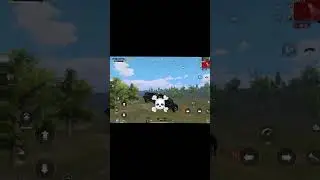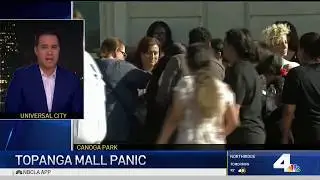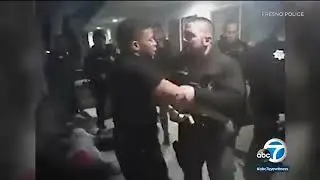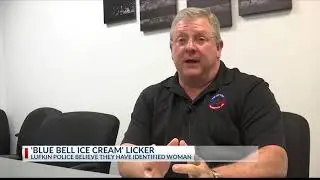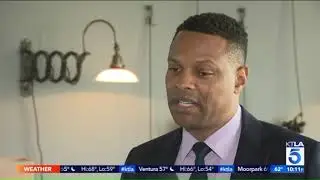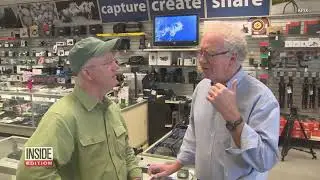Uber CEO Says Uber Elevate Possible in 2020
Since the release of the Uber Elevate white paper in October 2016, the San Francisco-based ride-sharing technology company has charged forward, widely sharing its vision of a revolutionary urban on-demand air network with a wide range of aerospace, municipal, real estate, financial, regulatory and other stakeholders.
An integral part of the Uber Elevate master plan is the utilization of electric aviation technology to drive the transformation of vertical takeoff and landing (VTOL) commuter aircraft from the mechanical to the digital age.
Electric aviation is approaching a tipping point, and Uber has become a major champion of the emerging technology.
The Elevate business plan is to create an entirely new urban on-demand transportation market by adding another choice to its app — UberAIR — that will give users the option of traveling between an origin and destination on a multimodal ground/ aviation network in one-third the surface travel time.
UberAIR app
Uber is focusing its efforts on the entire ecosystem — including airspace, regulations and infrastructure — to get to the point where there’s an app for UberAIR. (Uber)
In July, Vertiflite caught up with Mark Moore, Uber’s globetrotting new director of engineering for aviation, to better understand what Uber plans to accomplish in the three years leading up to the flight demonstration programs in Dallas-Fort Worth and Dubai in 2020 and the launch of the first commercial flights with new electric VTOL (eVTOL) aircraft in 2023.
Moore joined Uber in February 2017, following a 32-year career with NASA focused on conceptual design studies of advanced aircraft concepts, including VTOL design and technology developments, and on-demand mobility investments. He’s a well-known proponent of electric aviation and is now very actively engaged in implementing a concept he once analyzed and proselytized.
Shifting roles has been a “hugely energizing experience at a very exciting time in aviation,” said Moore, who believes a major disruption will occur in the vertical flight industry once eVTOL aircraft are introduced that offer a threefold reduction in direct operating costs, while producing 15–20 dB less noise than today’s quietest helicopters.
The next three years are critical to incubate the concept, he said, after which Uber expects to sign order commitments or purchase agreements with several eVTOL manufacturers that would justify investment in an aircraft certification program.
On the Ground
Uber officially launched its ride hailing mobile application in 2011 with a black luxury car service (now UberBLACK), where passengers can get a chauffeured ride through their mobile phones. The company launched its ride sharing application in 2012 and today serves 65 million unique monthly users in more than 300 cities worldwide. Businesses like Uber and AirBnB are part of the new sharing economy where assets like vehicles and homes are shared with users via a mobile app for a fee.
Today, an Uber user can travel across town by UberPOOL or by UberX. UberPOOL costs one third of the price of UberX and picks
up people at similar locations in a shared vehicle. UberSUV offers individual travel in a luxury sport utility vehicle.
Uber said ridesharing services (of all forms) today account for about 6% of all surface journeys, but this could grow to about 25% by 2030 as younger generations forgo private car ownership and embrace ride sharing at a faster rate. At the Uber Elevate Summit, Chief Product Officer Jeff Holden stated that in the first seven months of 2016, UberPOOL had reduced miles driven by 312 million, cut CO2 emissions by 61,244 US tons (55,560 metric tons), and saved 6.2 million gallons (23.5 million liters) of fuel.
Whatever the positive impact Uber may have had or will have on taking cars off the road, development of highways and public transit networks in many regions has not kept pace with travel demand. As a consequence, rush hour commutes are getting longer, congestion is getting heaver and average highway speeds in some major US metropolitan regions now average 22 mph (35 km/h) at peak times of the day, said Uber.
Gridlock has a huge negative impact on individual productivity and work-life balance, but it also provides a unique opportunity to put new and disruptive electric aviation technologies to work.
Into the Sky
Uber Elevate’s goal is to build an entire eVTOL “ecosystem” that encompasses all the different elements required to create an urban on-demand air travel network.
One part of this ecosystem includes the developers and manufacturers of eVTOL aircraft and the associated electric motor and battery technology.
Another part is the vertiport infrastructure, which requires close cooperation with real estate developers and local communities.
Other important elements include charging stations, air traffic management, weather monitoring and training systems, which are also needed to make eVTOL commuting a reality.
Смотрите видео Uber CEO Says Uber Elevate Possible in 2020 онлайн, длительностью часов минут секунд в хорошем качестве, которое загружено на канал #TRENDING MEDIA 08 Сентябрь 2018. Делитесь ссылкой на видео в социальных сетях, чтобы ваши подписчики и друзья так же посмотрели это видео. Данный видеоклип посмотрели 35 раз и оно понравилось 0 посетителям.


